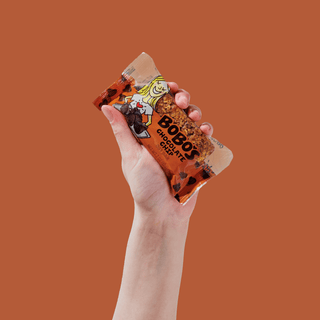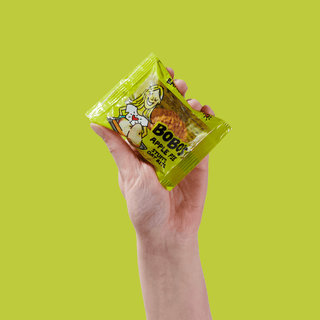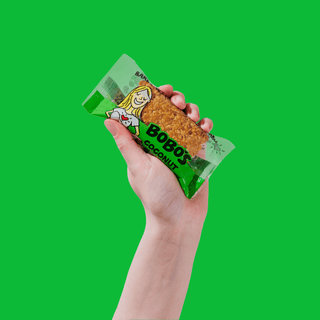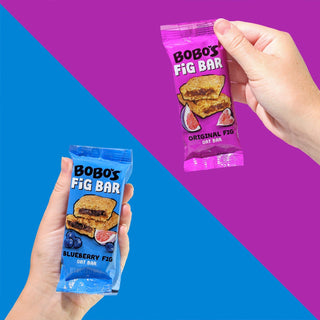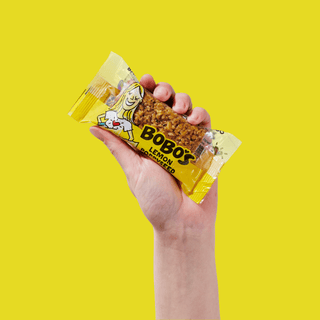If you are on a gluten free diet, whether due to celiac disease or a sensitivity, you need to make sure you know which foods are naturally gluten free and which may contain traces—especially when found in packaged foods or restaurant meals.
There are many gluten free foods, but keeping a gluten free food list on hand, especially when first transitioning to the lifestyle, can be super helpful in avoiding cross-contamination and learning the basics of what types of foods are safe or might be worrisome.
In general, raw, fresh produce and proteins are good to go, but it’s a matter of what sauces, dressings, and other ingredients you mix in that can cause a reaction. Here is a great gluten free food list for each type of food group—so you can trust what you’re eating and learn how to prep foods and read labels with ease when on a gluten free diet.
Are Grains Gluten Free?
Yes and no! Some grains are but others might contain gluten. For instance, rice is gluten free, but barley is not. And are oats gluten free? Or is oatmeal gluten free? It is complicated and depends on the label on the box, so read carefully. Oats might contain gluten during processing, so you need to triple check before eating from a package.
Gluten free Whole Grains Include:
- Oats (check to see if they are labeled as gluten free as they may be contaminated with gluten when processed)
- Quinoa
- Brown rice
- Wild rice
- Buckwheat
- Sorghum
- Tapioca
- Millet
- Amaranth
- Teff
- Arrowroot
Grains That Are NOT Gluten Free Include:
- Wheat, all varieties (whole wheat, wheat berries, graham, bulgur, farro, farina, durum, kamut, bromated flour, and spelt)
- Rye
- Barley
- Triticale
Are Fruits and Veggies Gluten Free?
Fresh ones that are not processed totally are! So, dig on in. Yet, processed ones—such as those in juices, fruit snacks, jams and more—might have gluten. It can be used for flavoring or as a thickening agent, and there might also be hydrolyzed wheat protein, modified food starch, malt (malt syrup, malt vinegar, malt extract, malt flavoring), gluten stabilizers, and maltodextrin found in these processed fruit products. Maltodextrin is fine when it’s made from corn, potato or rice starch, but not if made from wheat.
As for starchy veggies, you CAN eat them, as long as they are not prepared with gluten-containing sauces and other ingredients. So, are potatoes gluten free? And is popcorn gluten free, as well as corn in general? Yes—these are, when cooked as is or popped alone. If popcorn is in a bag already and processed, be sure to read labels to make sure it wasn’t popped with oils, glazes, and other ingredients that might have gluten or in factories where cross-contamination might occur.
Safe ingredients include cornstarch, potato starch/potato starch flour, distilled vinegar, mono- and diglycerides, oat gum, citric acid, lactic acid and malic acid. So, don’t be alarmed with these on a label!
Gluten Free Fruits and Vegetables Include:
- Citrus fruit, like oranges, grapefruit, lemons and limes
- Bananas
- Apples
- Berries
- Peaches
- Pears
- Cruciferous vegetables, like broccoli
- Greens, such as spinach and kale
- Starchy vegetables like potatoes, corn and squash
- Bell peppers
- Mushrooms
- Onions
- Carrots
- Radishes
- Green beans
Fruits and Vegetables That May Have Gluten Include:
- Canned fruits and vegetables: The sauces in the cans might have gluten. If canned with water or in their natural juices, they are often ok, but double check.
- Frozen fruits and vegetables: Sometimes frozen produce has flavorings and sauces with gluten. If there’s no sauce, you’re likely ok.
- Dried fruits and vegetables: Plain, unsweetened ones are typically gluten free, but any seasonings might have it.
- Pre-chopped fruits and vegetables: There might be cross-contamination based on where they were cut and packaged!
Are Proteins Gluten Free?
Plain proteins like beef, chicken, fish, tofu, beans and legumes, and nuts and seeds are naturally gluten free, but sometimes they can contain gluten based on how they are prepared and packaged. For instance, soy sauce, flour, and malt vinegar are made with gluten, and if they are used as fillers or flavorings in a stir-fry or fish dish, it will make it no longer gluten free. And they are in a lot of things. Think: sauces, rubs, and marinades. So, check labels!
Gluten Free Proteins Include:
- Legumes (beans, lentils, peas, and peanuts)
- Nuts and seeds
- Red meat (fresh beef, pork, lamb, and bison)
- Poultry (fresh chicken, and turkey)
- Seafood (fresh fish, scallops, and various shellfish)
- Traditional soy foods (tofu, tempeh, edamame, and more—not seitan!)
Proteins That May Contain Gluten Include:
- Processed meats, such as hot dogs, pepperoni, sausage, salami, and bacon
- Meat substitutes, such as veggie burgers, links and patties
- Lunch deli meats or cold cuts
- Ground meats for patties and meatballs (make sure there are no added gluten fillers)
- Proteins that have been cooked with sauces or seasonings
- Ready-to-eat proteins, like in frozen dinners or packaged meals
Proteins With Gluten to Avoid Include:
- Meat, poultry, or fish that is breaded
- Proteins that are cooked with wheat-based soy sauce
- Seitan
Are Sauces, Spices and Condiments Gluten Free?
Gluten is often used in thickeners, stabilizers or flavor enhancers in sauces, condiments, and dressings, as well as spice rubs. Wheat flour is a thickener in several sauces and marinades, so it’s off limits. And you need to be wary of cross-contamination at home with silverware. A knife that you use to spread mayo or mustard on wheat bread shouldn't be dipped back into the jar, as the bread has gluten and will contaminate the whole jar!
Gluten Free Sauces, Condiments and Spices Include:
- Mustard: normal is fine but flavored mustards may contain gluten
- Mayonnaise: most brands are fine but some do have gluten-containing ingredients like thickeners and grain-based vinegars. Check labels.
- Dry spices: single-ingredient herbs and spices (basil, garlic powder, chili powder and more) are fine
Sauces, Spices and Condiments That May Contain Gluten Include:
- Ketchup and Worcestershire sauce: they can be made using malt vinegar, which is not gluten free. Check labels.
- Barbecue sauce: BBQ sauce is made with barley-based beer, soy sauce, malt vinegar, barley malt flour and maybe even bourbon, so there’s gluten.
- Soy sauce
- Malt vinegar
Are Sweets and Desserts Gluten Free?
To be fair, most cakes, cookies, and cupcakes will contain gluten, as they will be made with gluten-containing flours and additives. Yet, you can find certain sweets and desserts from gluten free bakeries or brands that will specifically say that they are gluten free and free of contamination on the label. So, ALWAYS be sure to check labels if it’s not from a gluten free bakery, where it’s guaranteed to be safe.
Gluten Free Sweets and Desserts Include:
- Chocolates: Plain, pure chocolate does not naturally contain gluten, so that’s fine, but be sure to check all chocolate candies and bars to make sure other additives aren’t included for flavoring.
- Gummies/hard candy: They should be good, but avoid any that say “wheat flour,” as wheat has gluten.
- Ice cream, sherbet, gelato, and frozen yogurt: Alone they’re safe, but be careful about toppings, like cookie dough, brownie bits, and more.
Sweets and Desserts That Are NOT Gluten Free Include:
- Desserts that have grains: Cookies, cake, brownies, pies, donuts—these will not be ok! Do not eat unless it says gluten free, like some breakfast pastries.
- Licorice
- Sweets with barley malt (malted milk ball chocolates, for example)
Are Dairy Products Gluten Free?
Yes, for the most part dairy is gluten free—just be careful it is not flavored or sweetened. If so, check the label. Some gluten-containing ingredients that might be present in these flavored products are thickeners, malt, and modified food starch—all of which are not allowed.
Gluten Free Dairy Products Include:
- Milk
- Butter and ghee
- Cheese
- Cream
- Cottage cheese
- Sour cream
- Yogurt
Dairy Products That May Contain Gluten Include:
- Flavored milks and yogurts
- Processed cheese products, like a cheesy sauce, dip or spread
- Some ice creams might have gluten based on toppings, add-ins and flavors
Dairy Products That Are NOT Gluten Free Include:
- Malted milk drinks
As long as you keep this list in mind and be vigilant with reading labels, you can stay safe on a gluten free diet. And if you dine out in a restaurant, ask the waiter for help decoding the menu. Don’t be afraid to ask the chef some questions or take some time to order—and tell them of your allergy or intolerance so the kitchen knows.


